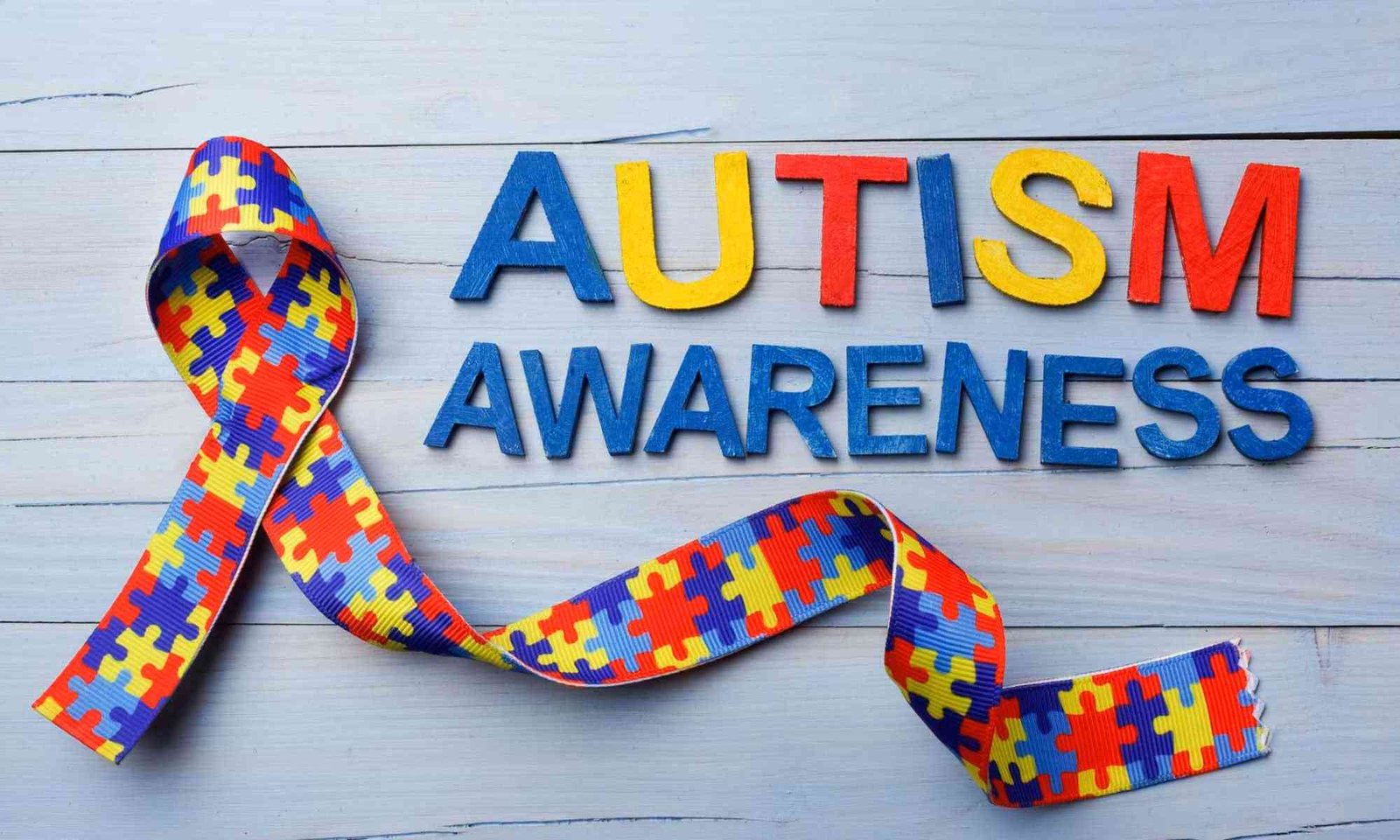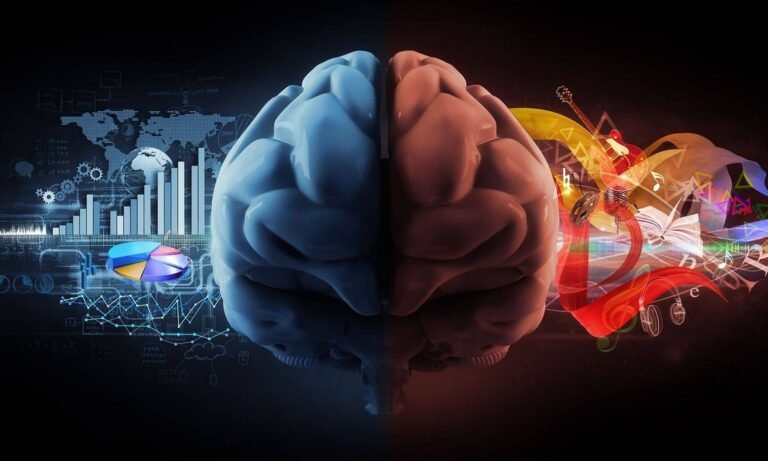Autistic quirks refer to the distinct behaviors, traits, and patterns of interaction that individuals on the autism spectrum may exhibit. These characteristics often differ significantly from neurotypical behaviors, reflecting a unique perspective and experience of the world. Autistic quirks can manifest in various ways, including sensory sensitivities, specific interests, unconventional social interactions, and repetitive behaviors. While these traits have historically been seen as deficits or challenges, they can also reflect an individual’s strengths and contribute positively to their identity.
Understanding autistic quirks is essential within the context of neurodiversity, which advocates for the acceptance and celebration of different neurological conditions. Recognizing that these traits are not merely symptoms of a disorder but rather authentic expressions of an individual’s self can foster a more compassionate and inclusive society. For example, the intense focus on specific interests, often termed hyper-fixation, can lead to expertise in particular areas and contribute significantly to fields such as science, technology, and the arts.
The significance of these unique characteristics extends beyond personal identity and touches upon broader societal implications. When autistic quirks are acknowledged and genuinely appreciated, they can transform perceptions and encourage more inclusive practices in education, employment, healthcare, and interpersonal relationships. Societal attitudes toward neurodiversity can lead to environments that nurture individuals’ strengths while thoughtfully accommodating their challenges. Understanding these quirks as essential to celebrating neurodiversity invites a shift in recognition from merely ‘tolerating’ difference to actively embracing it as a vibrant, valuable, and enriching aspect of human diversity.
Common Autistic Quirks
Individuals on the autism spectrum often exhibit a variety of unique traits and behaviors that are sometimes referred to as quirks. These characteristics can manifest in numerous ways and may be distinct to each individual. One prominent feature is sensory sensitivity; many autistic people experience heightened or diminished responses to sensory input. For instance, a loud noise that is barely perceptible to others might feel overwhelming to someone with autism, leading to distress or anxiety. Conversely, certain tactile sensations may be exceptionally pleasurable or intolerable, prompting reactions that can seem puzzling to onlookers.
Repetitive movements, often termed “stimming,” are another common quirk associated with autism. Stimming behaviors can include hand-flapping, rocking, or spinning objects. These movements serve as a means of self-regulation, allowing individuals to cope with sensory overload or to express excitement. The frequency and type of stimming can vary widely among individuals, highlighting the diverse experiences within the autistic community. For example, while one person may find solace in repetitive motions, another might engage in stimming through vocalizations or other actions such as tapping their fingers or pacing.
Intense focus on particular interests is also a notable behavior among many autistic individuals. This phenomenon, often referred to as “special interests,” can lead to deep knowledge and expertise in specific areas, whether that be a subject like trains, astronomy, or a particular type of art. This intense passion can serve as a source of joy and pride, allowing individuals to find community and connection with others who share similar interests. For instance, a child who collects model trains may immerse themselves in the intricacies of their construction, developing advanced skills and knowledge over time.
The Science Behind Autistic Behavior
Understanding autism’s neurological and psychological dimensions involves exploring how brain activity differs among neurodiverse individuals. Studies show that autistic people often exhibit distinct patterns of neural connectivity and brain function compared to neurotypical peers. For example, functional magnetic resonance imaging (fMRI) reveals that autistic brains respond differently to social stimuli, which can affect how they perceive and interact with others. Atypical sensory processing is also common, with heightened or reduced sensitivity to stimuli leading to sensory overload or sensory-seeking behaviors. These traits stem from variations in the somatosensory cortex and its integration with other sensory-processing regions.
This unique sensory landscape not only contributes to the diverse experiences of autistic individuals but also lays the groundwork for many of the quirks associated with autism. Additionally, the neurodevelopmental perspective posits that structural brain differences, such as variations in size and connectivity of specific brain regions, influence the development of social, communication, and behavioral traits. According to recent studies, increased connectivity in some neural networks may result in enhanced focus or expertise in specific interests, often referred to as “special interests” within the autistic community. These interests provide a source of motivation and engagement, reflecting the deep and passionate knowledge many autistic individuals possess.
The psychological dimensions emphasize the importance of understanding the unique cognitive processing styles of autistic individuals. Their approaches to problem-solving and creativity may differ significantly, suggesting that traditional educational frameworks might not adequately cater to their strengths. Recognizing and valuing these differences through scientific understanding fosters a more inclusive and supportive environment where the neurodiversity of individuals on the spectrum can be celebrated and nurtured.
Embracing and Supporting Autistic Quirks
Supporting and embracing the unique traits of autistic individuals is fundamental in fostering an environment that respects and values neurodiversity. Families, educators, and peers play crucial roles in this process. To begin, it is essential to cultivate an understanding of autistic quirks and behaviors as integral components of an individual’s identity rather than viewing them as challenges to be corrected. This perspective shift lays the groundwork for a supportive atmosphere where these individuals can thrive.
For families, creating a nurturing home environment where autistic traits are accepted can significantly enhance a child’s self-esteem and well-being. Encouraging open dialogue about these quirks allows individuals to express their thoughts and feelings freely. Practicing patience and active listening demonstrates respect for their unique ways of processing the world, leading to stronger family bonds. Celebrating small victories, whether it be a new interest or skill, can also reinforce positive expressions of autistic traits.
Educators play a pivotal role in promoting acceptance within school settings. Strategies such as differentiated instruction, sensory-friendly classrooms, and inclusive curricula can cater to diverse learning needs. Teaching peers about neurodiversity through educational programs can help foster understanding and empathy. Encouraging group activities that allow for shared interests and collaboration can also facilitate friendships and social connections among students of varying neurotypes.
Moreover, peers can support individuals by being mindful of their unique ways of communication and interaction. Simple gestures, such as using clear language and allowing for processing time, can greatly enhance social exchanges. Recognizing and celebrating the distinct quirks of autistic individuals can help dismantle stereotypes and foster appreciation for their unique perspectives. Together, through these initiatives, schools and families create a more inclusive environment that embraces autistic quirks and promotes neurodiversity as a valuable aspect of the human experience.
Challenges Associated with Autistic Quirks
Autistic individuals often exhibit unique quirks that distinguish their interactions and experiences from those of neurotypical individuals. While these traits contribute to the rich tapestry of neurodiversity, they can also present distinct challenges. One of the most pressing challenges is social misunderstandings. Autistic individuals may interpret social cues, such as body language and tone of voice, differently than others, leading to miscommunication. For instance, a person on the autism spectrum might struggle to grasp sarcasm or humor in conversations, which can result in feelings of isolation or frustration during social interactions.
Sensory overload is another significant concern for many autistic individuals. The environment for a person with autism can become overwhelming due to heightened sensitivity to sensory stimuli, such as bright lights, loud noises, or strong smells. This sensory overload can lead to anxiety, meltdowns, or withdrawal from social situations. Understanding these triggers is essential for both autistic individuals and those around them, allowing for a more accommodating environment that fosters comfort and relaxation.
The stigma attached to autism can further complicate these challenges. Misconceptions about autistic quirks often lead to negative perceptions, causing societal exclusion and discrimination. As a result, autistic individuals may feel pressured to conform to neurotypical behaviors, which can suppress their authentic selves and lead to mental health issues. To mitigate these challenges, it is crucial to promote awareness and understanding of autism and its quirks. Education can break down stereotypes, encourage empathy, and foster inclusive communities where autistic individuals feel accepted and valued for their unique contributions.
Myths and Misconceptions about Autistic Quirks
Understanding autistic quirks is essential in fostering empathy and acceptance for individuals on the autism spectrum. Unfortunately, numerous myths and misconceptions surround these unique traits, often leading to misinterpretations and stigma.
- One common myth is that all autistic individuals have an intellectual disability, which is inaccurate. In reality, autism exists on a spectrum, encompassing a diverse range of cognitive abilities. Many autistic individuals possess average or above-average intelligence and demonstrate exceptional talents in specific areas, such as mathematics, art, or music.
- Another misconception is that autistic quirks are merely “strange behaviors” that can be corrected or eliminated. These characteristics, however, are often intrinsic to an individual’s sensory processing and social interactions. They can serve as coping mechanisms for overwhelming situations. For instance, repetitive movements, such as hand-flapping or rocking, can provide comfort amidst sensory overload. Rather than viewing these behaviors negatively, it is crucial to understand that they are valid expressions of an autistic person’s experience.
- Furthermore, some people assume that autistic individuals lack empathy. This viewpoint is misleading. Research indicates that while many autistic individuals may process emotions differently or struggle with social cues, they often experience deep empathy. Their expressions of empathy might not align with neurotypical expectations, but this does not diminish their capacity to connect with others on an emotional level.
- Lastly, the stereotype that all autistic individuals prefer isolation is not universally true. While some may thrive in solitary environments, many enjoy socializing and forming connections on their terms. Addressing these myths is crucial in creating an inclusive society, where the unique traits of neurodiversity are celebrated rather than stigmatized.
What’s More
The posts in My Blog feature reflective, story-driven pieces rooted in personal and societal insights.
The topics in My Interests explore abstract, philosophical ideas and their cultural and societal impact.
👁️ 7,001 Views















